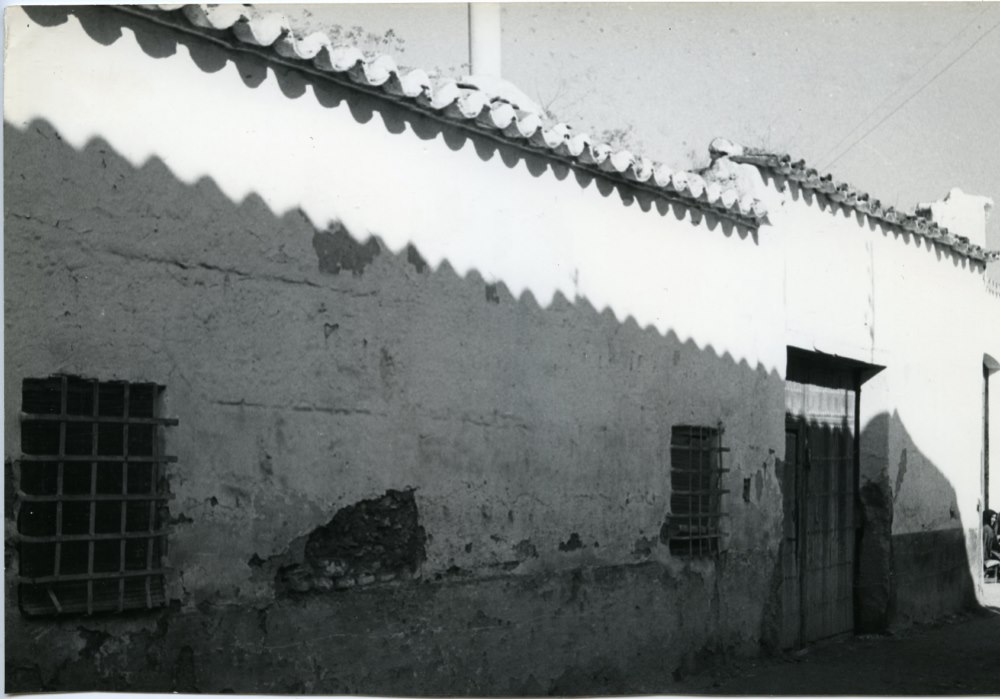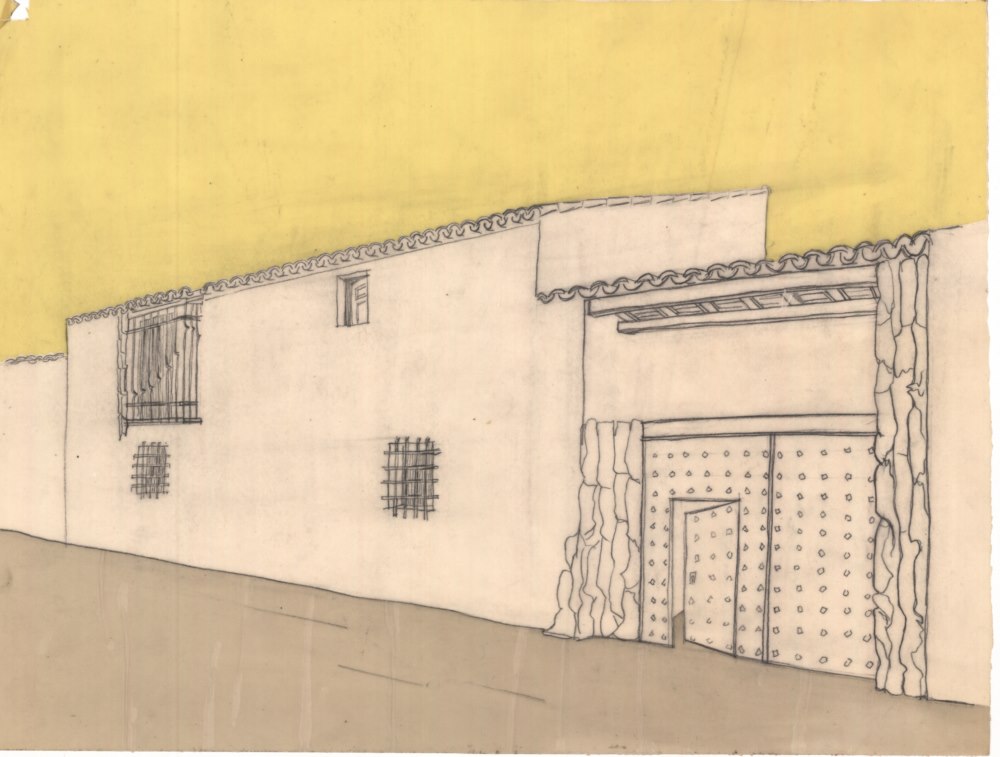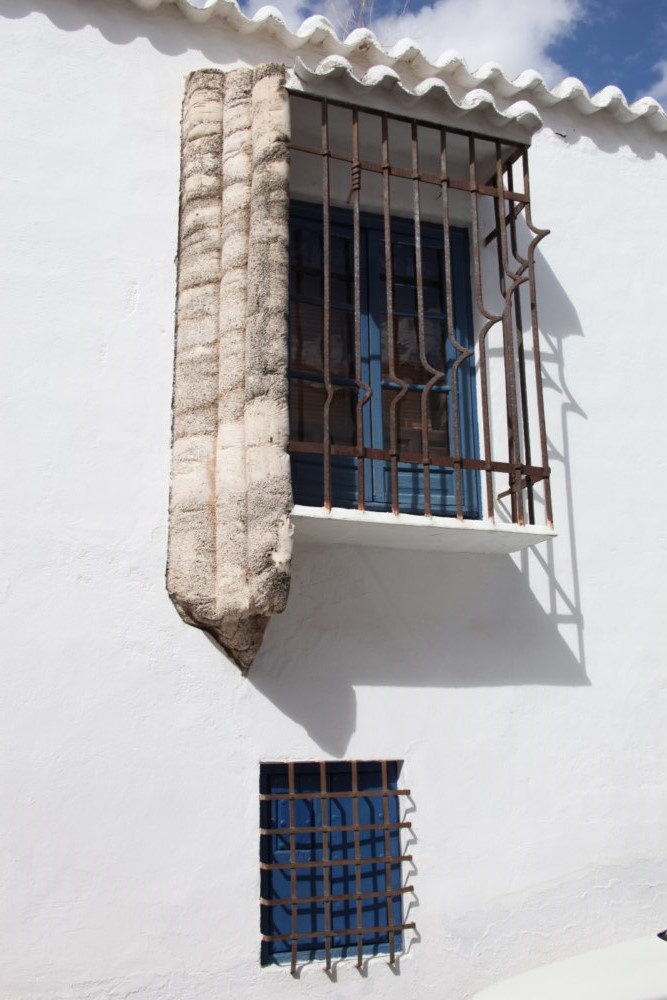“Architecture is limited space as such it needs a material limitation, and this, just like our own bodies, must have a skin. I have always been interested in that skin and its quality. I have also always thought in my desire for truth that, if at all possible, that texture or skin should be made from the same enclosing material, highlighting the colour and smoothness most in harmony with its intrinsec molecular constitution. Take te case, for example, of a stone wall constructed from ashlar granite from Villalba. The globularity of this particular granite is brought out very clearly if the stone is cut using a five tooth mallet. If, on the other hand, the stone is cut with a seven tooth mallet or with a small hammer, the cut faces end up being much less crisp and appear to be crushed as the tool does not match the material. The same can be said for other natural stones, and also for other artificial materials such as brick.”
“La arquitectura es espacio limitado y como tal, necesita un límite material, y esto, al igual que nuestros propios cuerpos, debe tener una piel. Siempre he estado interesado en esa piel y su calidad. También he pensado siempre en mi deseo de sinceridad que, en la medida de lo posible, persiga que la textura o la piel estén hechas del mismo material envolvente, resaltando el color y la suavidad más armónicamente con su constitución molecular intrínseca. Un ejemplo, un muro de piedra construido en granito de Villalba. La globularidad de este granito particular se pone de manifiesto muy claramente si se corta la piedra con un mazo de cinco dientes. Si, por el contrario, la piedra se corta con un mazo de siete dientes o con un pequeño martillo, las caras cortadas terminan siendo mucho menos cortantes y parecen ser aplastados con una herramienta no acorde con el material. Lo mismo puede decirse de otras piedras naturales, y también para otros materiales artificiales como el ladrillo.”
” Concrete, however, which I see the most up-to-date building material of them all, is poured into moulds and thus the texture obtained is the texture of the sides of the mould used. As theses moulds are normally made using wooden boards, the texture usually thought to be the most suitable one is the texture of wood and that is why we have endeavoured to achive textures with the imprint of the grain in the wood on many concrete wall surfaces. For a long time now, I have thinking about how to achieve a texture which shows traces of its paste-like state and the fact that it was poured into a mould, and to try to make sure that the flexible material into which it is poured is very polished and completely smooth, like a sheet of G800 transparent polyethilene fill. The result is a brilliant, highly pleasing texture which is conserved in excellente condition without signs of ageing for more than 20 years as I have been able to confirm.”
“El hormigón, sin embargo, el cual considero el material de construcción más actual de todos, se vierte en moldes y por lo tanto la textura obtenida es la textura de los lados del molde utilizado. Ya que estos moldes se hacen normalmente con tablas de madera, la textura que se suele considerar la más adecuada es la textura de la madera y por eso nos hemos esforzado por conseguir texturas con la huella del grano de la madera en muchas superficies de muros de hormigón. Durante mucho tiempo, he estudiado cómo lograr una textura que muestre los rastros de su estado pastoso y el hecho de que se vierte en un molde, y tratar de asegurarme de que el material flexible en el que se vierte es muy pulido y completamente liso, como un hoja de relleno transparente de polietileno G800. El resultado es una textura brillante, muy agradable, que se conserva en excelentes condiciones sin signos de envejecimiento durante más de 20 años, tal y como he podido confirmar “.
Miguel Fisac, “Textures”, 1994
VIA:
























